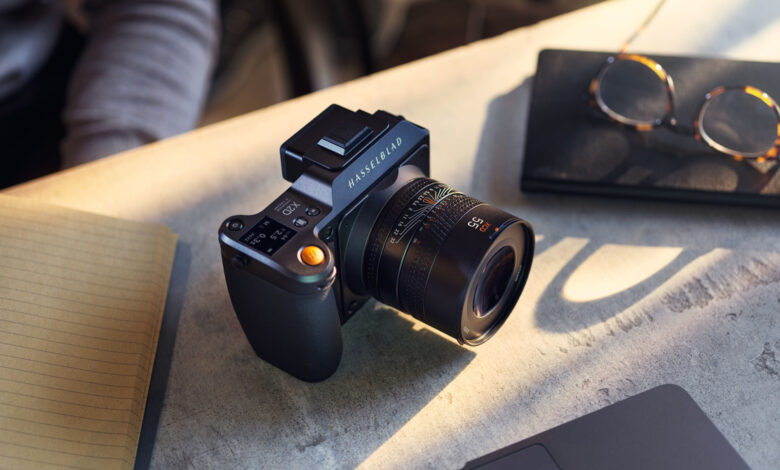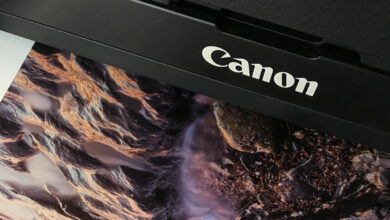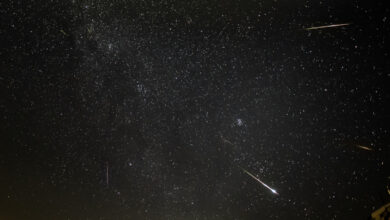Does Hasselblad take inspiration from Leica for the latest lenses and X2D cameras?

Hasselblad recently announced its latest camera, the X2D 100C, along with several new lenses. Interestingly, Hasselblad has employed certain design features in its latest lenses, which are said to be reminiscent of another well known company in the market, of course. Leica.
Hasselblad has announced a new camera, X2D 100C. This camera follows on from the original X1D series of cameras and comes with some major updates. Many of these updates can be attributed to the new in-camera sensor. This new sensor features 100-megapixel resolution, 16-bit raw file, phase-detection autofocus, and 15 stops of dynamic range.
This sensor is not new on the market as it resembles the sensor that can be found in the Fujifilm GFX 100 series cameras. Hasselblad has made some changes to suit its own style.
For example, Hasselblad Natural Color Solution is also considered one of the best on the market. Of course, color is extremely important – possibly more important than most other technical features.
In addition, Hasselblad has announced three new lenses with focal lengths 55mm, 38mmand 90mm. All of these new lenses feature an f/2.5 aperture. The design of these lenses is significantly different from current XCD lenses and virtually all previous Hasselblad lenses. This change seems to have attracted the attention of many people.
No video feature

Hasselblad was the first company to produce a medium format camera that shoots 4K video using the full width of the sensor. The Hasselblad H6D 100C manages to capture raw video using the entire sensor, and this is with its large 645 sensor. At the time, this was quite a feat. The camera was launched in 2016 when 4K video was still just a curiosity for many creators.
Over the years, Hasselblad continues to manufacture cameras that offer video features. However, the company’s latest camera doesn’t have a video recording feature.
Hasselblad even goes as far as to state that they have no plans to add this functionality to their cameras either. Some may find this disappointing. However, it can be said that this is the right move for Hasselblad.
The video features in these cameras make no sense. Hardly anyone who is serious about video recording chooses a Hasselblad camera. Aside from comparing prices with other potential options, the camera system simply wasn’t designed with video recording in mind.
Focusing, for example, is a challenge with these cameras, both with manual and auto focus. It is simply not worth the effort because the end result will be miserable. It’s commendable that Hasselblad has tried to implement this feature, however, it’s better to see that the company is self-aware enough to remove the features that are clogging up their cameras.
Another company doing the same thing is Leica with its M series cameras. Leica has decided to remove the video feature in the Leica M10 and continue without it in its latest camera, the Leica M11. Some Leica fans have expressed disappointment, but the overall sentiment seems to be positive. It is likely that this will also be the case for Hasselblad and we may see a bit of resentment. However, most people would probably appreciate a more focused approach from the company.
Hasselblad and Leica produce high-end, niche cameras specializing in specific areas. It makes sense that Hasselblad would follow suit and remove the video features from its newest camera.
Lens Design
It’s hard to look at Hasselblad’s latest lenses without thinking about Leica. The new 38mm, 55mm, and 90mm V lenses have a design that’s significantly different from every other XCD lens. In fact, the new lenses don’t even match the design principles of any previous Hasselblad lenses, such as those designed for the H-mount system.
The lenses are said to be inspired by the much-loved Hasselblad V mount system of yore. The point is that if you look at most (if not all) of the Carl Zeiss V-mount lenses, they are sufficiently different in design. The new V lenses from Hasselblad feature certain design elements that appear to be taken directly from Leica USA series lenses.

Obviously, the key change from previous XCD lenses is that the new lenses have larger lettering on them along with focal and aperture markings. V-mount lenses also include this information; however, it is more about the style and less about its complement. Very few manufacturers use this particular style. The only other lens manufacturers to use a similar design are Zeiss and Voigtlander. Of course, Voigtlander makes lenses for the M series cameras, so it makes perfect sense for them to use the same model.
The design on older V-mount lenses is different enough that it shouldn’t be confused with anything else. However, this is not a bad thing. If anything, this is an improvement and a welcome change. The additional information on the lens will perhaps turn out to be useful for photographers.
In any case, it’s interesting to see how Hasselblad changed its strategy.
The problem is Fujifilm

Fujifilm has been using a 100-megapixel sensor in its new Hasselblad cameras for several years. Since 2018, when the original Fujifilm GFX 100 was announced, Fujifilm has carefully nurtured a customer base that loves its cameras and lenses. Fujifilm manages this by throwing absolutely everything it can at it GFX 100 camera series.
Fujifilm then resumed production GFX 100S, a camera that’s smaller and essentially less expensive but doesn’t affect anything meaningful. Therefore, it will not be easy for Hasselblad to compete, although some of the latest changes may be enough.
Instead of trying to get professionals to work together, Hasselblad may be trying to do what Leica does. Leica’s M-series cameras are less “professional” and more luxurious. While some might vehemently object, this is quite evident given the strategy Leica has taken and even the marketing companies with which Leica works.
By producing a camera system that doesn’t try to do everything, Hasselblad can make a difference in the market. Removing features like video, not focusing on high-speed or high-frame rate photography, and focusing too much on design could make the company extremely efficient. These are things that Leica really does well, and these latest updates could be exactly what Hasselblad needs for its XCD camera system.
Epilogue
Leica is one of the oldest camera manufacturers in the world. Depending on your definition, Leica could even be described as the oldest camera manufacturer on the market. Almost everyone in the photography industry is inspired by Leica. If Hasselblad takes a page from Leica, it’s nothing new.
Leica has influenced almost every manufacturer on the market, including Fujifilm. The X100 series of cameras will definitely remind you of a Leica camera. Having said that, Leica is also influenced by other camera manufacturers. Basically, there’s absolutely nothing wrong with getting inspired. That’s what we do as advertisers and artists, and it’s great to see manufacturers do the same to create interesting and useful products.
The latest cameras and lenses from Hasselblad can be pre-ordered using link here.




